In the ever-evolving landscape of artificial intelligence, choosing the right infrastructure to support your AI workloads is essential for optimizing performance and efficiency. One of the key decisions faced by AI practitioners is whether to utilize bare metal GPUs or virtual GPUs. Both options offer unique advantages and considerations, making the decision a crucial one. In this article, we will delve into the differences between bare metal GPUs and virtual GPUs, to help you make an informed choice for your AI projects.
Table of Contents
- Considerations for Choosing Between Bare Metal GPUs and Virtual GPUs
- Performance Differences and Impact on AI Workloads
- Cost Analysis: Bare Metal GPUs vs Virtual GPUs for AI Workloads
- Recommendations for Selecting the Best GPU Option for Your AI Workloads
- Q&A
- Final Thoughts
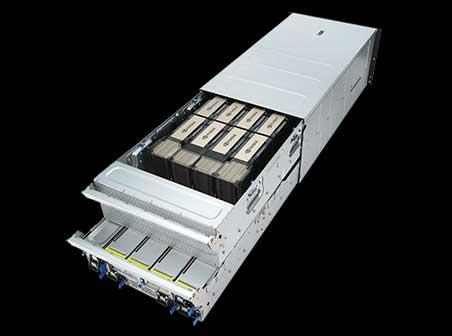
Considerations for Choosing Between Bare Metal GPUs and Virtual GPUs
When deciding between bare metal GPUs and virtual GPUs for AI workloads, there are several important considerations to keep in mind. Bare metal GPUs offer dedicated hardware resources, providing high performance and low latency for demanding AI tasks. On the other hand, virtual GPUs offer flexibility and scalability, allowing for efficient resource utilization and cost savings.
Before making a decision, it is essential to consider factors such as budget, performance requirements, scalability needs, and resource utilization. Additionally, evaluating the level of control and customization needed for your AI workloads will help determine whether bare metal GPUs or virtual GPUs are the best choice for your specific use case. By carefully weighing these considerations, you can make an informed decision that aligns with your AI workload requirements.
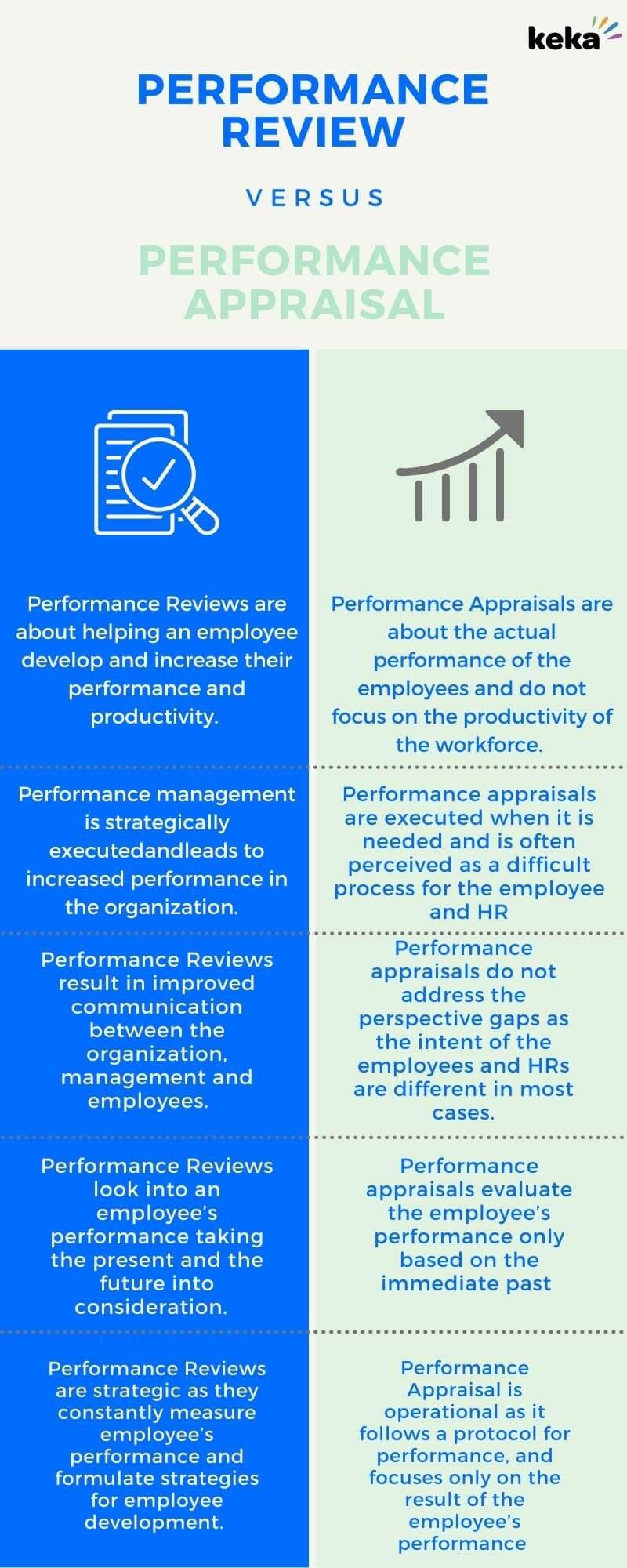
Performance Differences and Impact on AI Workloads
When it comes to choosing between bare metal GPUs and virtual GPUs for AI workloads, understanding the performance differences is crucial. Bare metal GPUs offer dedicated hardware resources for AI tasks, providing maximum performance and efficiency. On the other hand, virtual GPUs share resources with other virtual machines, which can lead to performance fluctuations based on the overall workload on the server.
Consider the following factors when deciding between bare metal GPUs and virtual GPUs for your AI workloads:
- Performance: Bare metal GPUs offer consistent and high performance, while virtual GPUs might experience performance fluctuations.
- Cost: Bare metal GPUs are more expensive upfront but can provide better long-term value in terms of performance and efficiency.
- Scalability: Virtual GPUs offer more flexibility in terms of scaling resources up or down based on workload demands.
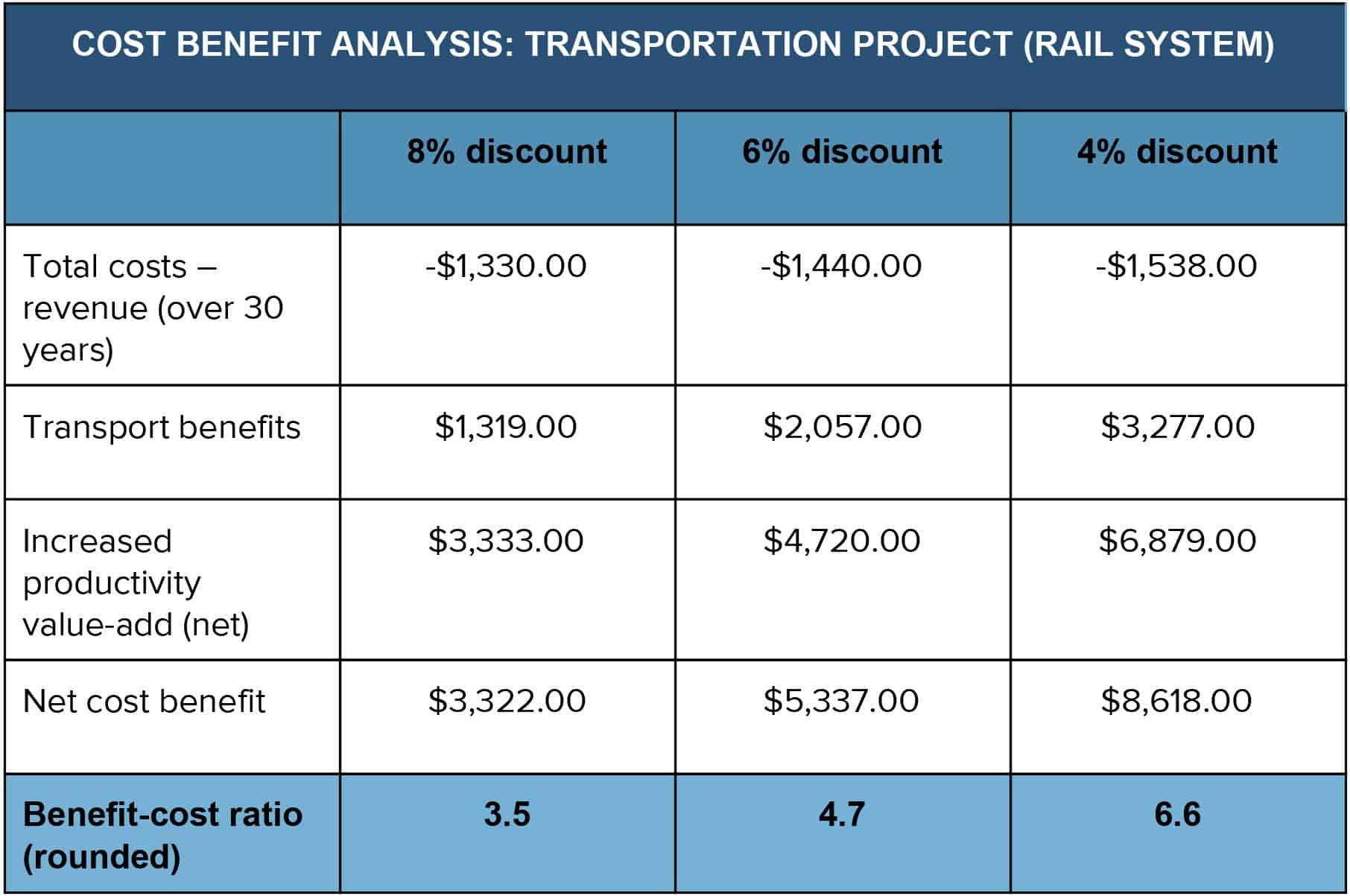
Cost Analysis: Bare Metal GPUs vs Virtual GPUs for AI Workloads
When it comes to running AI workloads, the choice between bare metal GPUs and virtual GPUs can have a significant impact on cost. Bare metal GPUs provide dedicated hardware for processing, offering high performance and low latency. However, they can be expensive to purchase and maintain, especially for smaller businesses with limited budgets. On the other hand, virtual GPUs allow for more efficient use of resources by sharing hardware among multiple users, reducing costs and maximizing flexibility.
Before making a decision, consider the following factors:
- Cost: Calculate the total cost of ownership for both options, including initial purchase, maintenance, and software licensing fees.
- Performance: Evaluate the performance requirements of your AI workloads and determine if bare metal GPUs are necessary to meet those needs.
- Scalability: Consider how easily each option can scale as your workload grows, and whether virtual GPUs can provide the necessary flexibility.

Recommendations for Selecting the Best GPU Option for Your AI Workloads
When it comes to selecting the best GPU option for your AI workloads, there are several factors to consider. One important decision to make is whether to go with bare metal GPUs or virtual GPUs. Both options have their own pros and cons, so it’s essential to weigh them carefully before making a decision.
For those looking for maximum performance and customization, bare metal GPUs are the way to go. With dedicated hardware, these GPUs offer unparalleled speed and power for intensive AI tasks. On the other hand, virtual GPUs provide flexibility and scalability, allowing you to adjust resources based on workload demands. Ultimately, the choice between the two will depend on your specific AI requirements and budget constraints.
Q&A
Q: What are the key differences between bare metal GPUs and virtual GPUs for AI workloads?
A: Bare metal GPUs are physical hardware dedicated solely to one user, providing maximum performance and control. Virtual GPUs, on the other hand, are shared resources that can be used by multiple users simultaneously, offering flexibility and cost savings.
Q: How do I decide between using bare metal GPUs and virtual GPUs for my AI workloads?
A: Consider your specific needs and priorities. If you require maximum performance and control, bare metal GPUs may be the best choice. If flexibility and cost-efficiency are more important, virtual GPUs could be the way to go.
Q: Are there any limitations to using virtual GPUs for AI workloads?
A: Virtual GPUs may not provide the same level of performance as bare metal GPUs due to sharing resources with other users. Additionally, there may be limitations on customization and control.
Q: What are the benefits of using bare metal GPUs for AI workloads?
A: Bare metal GPUs offer maximum performance, control, and customization options. They are ideal for workloads that require high computational power and dedicated resources.
Q: Can virtual GPUs be a cost-effective option for AI workloads?
A: Yes, virtual GPUs can be a cost-effective option as they allow for resource sharing among multiple users, reducing overall expenses. However, it is important to consider performance trade-offs when making this decision.
Final Thoughts
the decision between bare metal GPUs and virtual GPUs for AI workloads ultimately comes down to your specific needs and preferences. Whether you prioritize performance and customization with bare metal GPUs or flexibility and scalability with virtual GPUs, both options have their own unique advantages. By carefully evaluating your requirements and considering factors such as cost, deployment time, and maintenance, you can choose the option that best suits your AI workload. Whichever path you choose to follow, both bare metal GPUs and virtual GPUs offer exciting possibilities for harnessing the power of AI technology. The future of AI awaits, so choose wisely and embark on your AI journey with confidence.
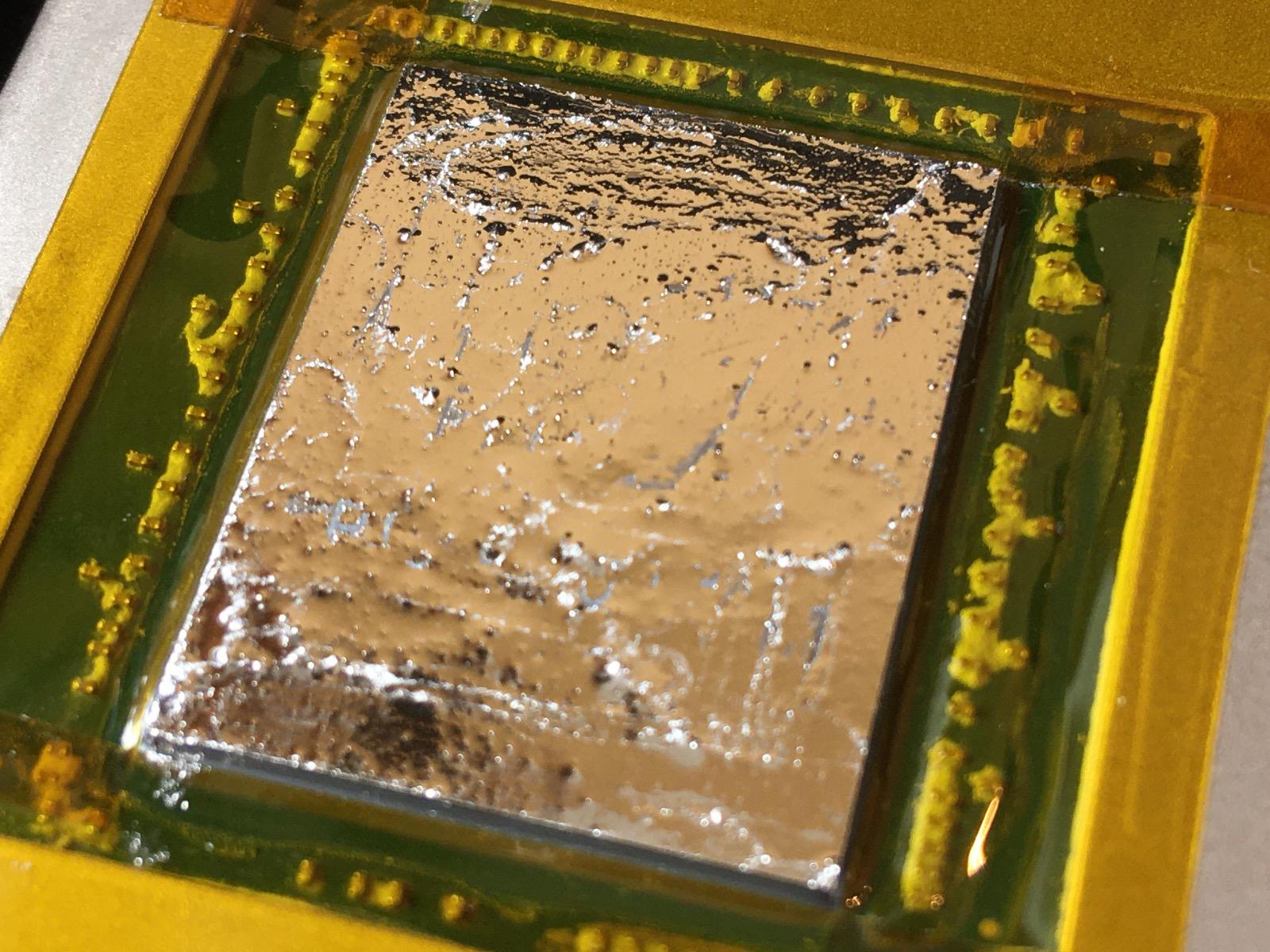




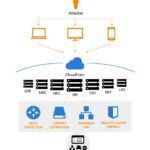





Neque porro quisquam est, qui dolorem ipsum quia dolor sit amet, consectetur, adipisci velit, sed quia non numquam eius modi tempora incidunt ut labore.
Quis autem vel eum iure reprehenderit qui in ea voluptate velit esse quam nihil.
Et harum quidem rerum facilis est et expedita distinctio. Nam libero tempore, cum soluta nobis est eligendi optio cumque nihil impedit quo minus id quod maxime placeat facere.